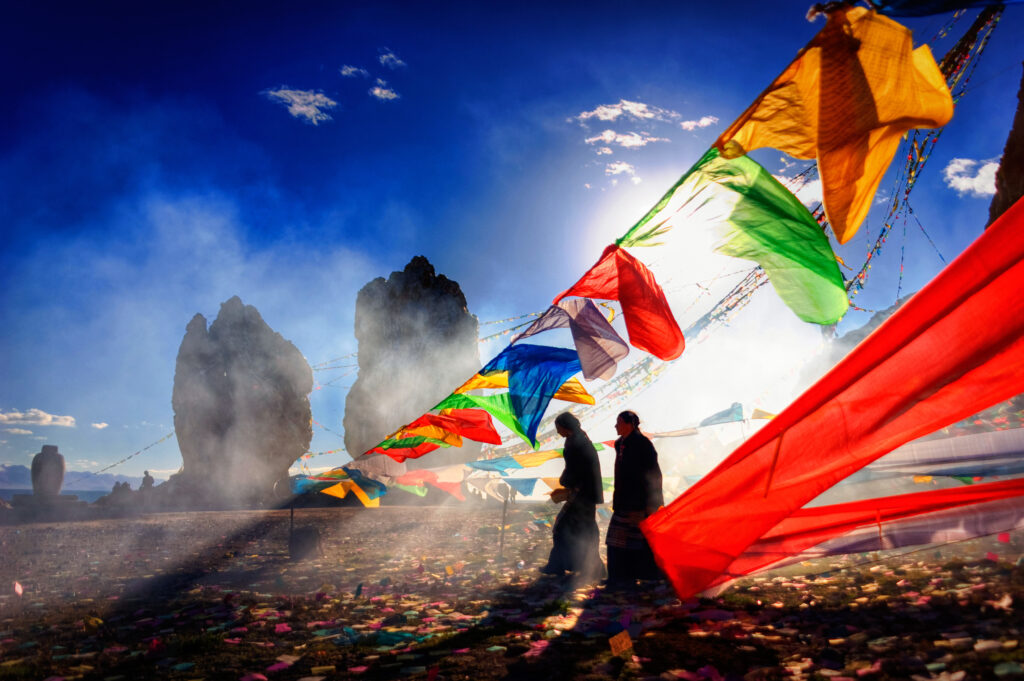
A land of mystery and spirituality that fascinates travelers the world over... Located in the heart of the Himalayas, Tibet has always fascinated and fired the imagination. Isolated on its peaks, the "roof of the world", as it is known, is an almost inaccessible land where spirituality, distant lands and the harshness of nature come together... To understand Tibet, you need to meet its people, rooted in a religious cult, explore its capital Lhasa, lose yourself in the immensity of the Tibetan plateaus, contemplate its breathtaking landscapes and visit its isolated ancestral monasteries.
In this article, we present the 11 must-sees on your trip to Tibet.
Worth knowing: Since March 2023, it has been compulsory for foreign tourists to travel with an approved guide when visiting Tibet. We recommend that you request a free quote right here. The agency is responsible for obtaining the necessary permits and providing a licensed guide for the entire trip.
1. Lhasa, the "land of the gods
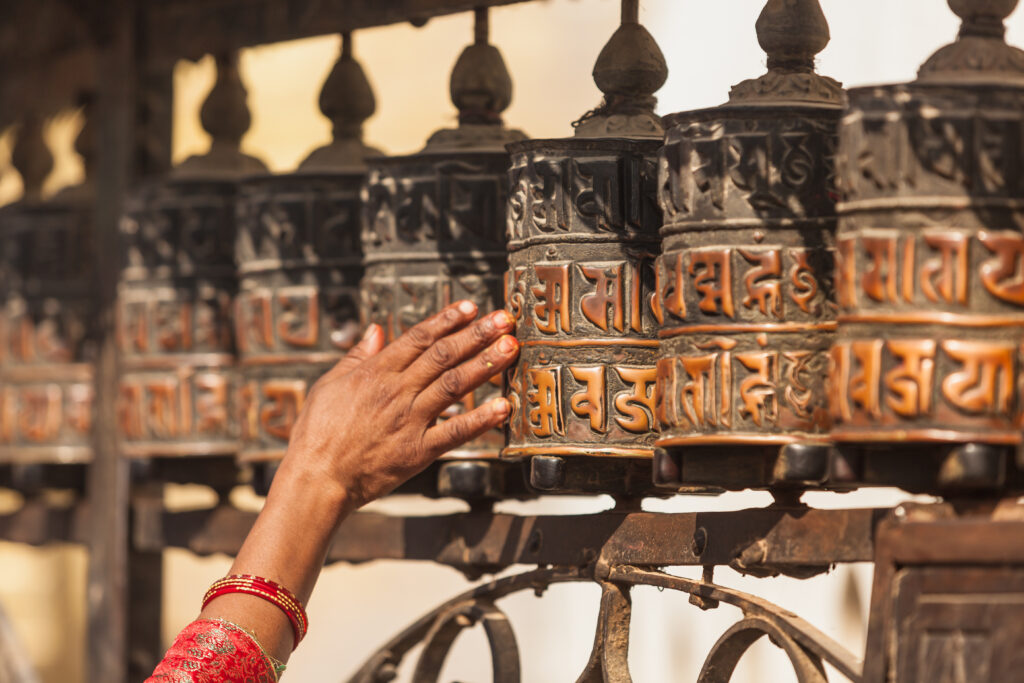
Capital of the province of Tibet, Lhasa was long closed to foreigners. Today, it is an essential stop-off point for any trip to the region. Lhasa remains the archetypal sacred city, attracting large numbers of pilgrims. Despite recent transformations designed to make it more Chinese than Tibetan, Lhasa retains its spiritual aura. It is now a land of contrasts, where modern urban developments stand side by side with the traditional Tibetan houses of the suburbs. As the center of Tibetan Buddhism, Lhasa is home to numerous temples and monasteries, including the Potala, the former residence of the Dalai Lama, which majestically overlooks the city. It is here that religious fervour is most palpable.
Read more: Top 10 exceptional places to forget your preconceptions about China
2. The Jokhang temple, Tibet's most venerated sanctuary
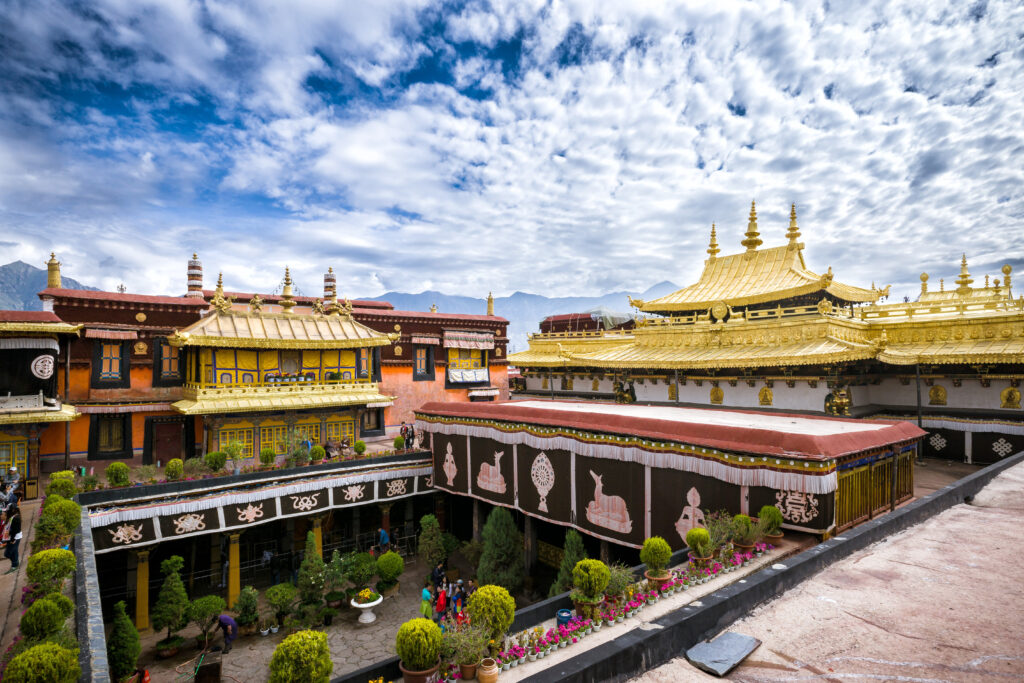
Located in the heart of Lhasa's old town, the Jokhang is Tibet's most revered sanctuary. Uninterrupted lines of pilgrims make their way here, their fervor intensifying the already sacred atmosphere of the place. You first enter an inner courtyard decorated with paintings made under the 13th Dalai Lama. The Dalai Lama's apartments dominate the courtyard. Two large doors lead into the holy of holies. In the darkness, you first see the Guardians of the Four Directions, then two chapels dedicated to the Nagas, marine deities who possess wealth, and the Gandarvas, spirits who feed on odors. Climb to the roof to take photos of the Potala in the morning. You can admire the golden makaras, mythical animals with truncated elephant trunks, protecting against lightning.
Good to know: In the temple's upper gallery, monks engage in astonishing rhetorical contests in the afternoon.
3. Climbing to the Potala Palace on the heights of Lhasa
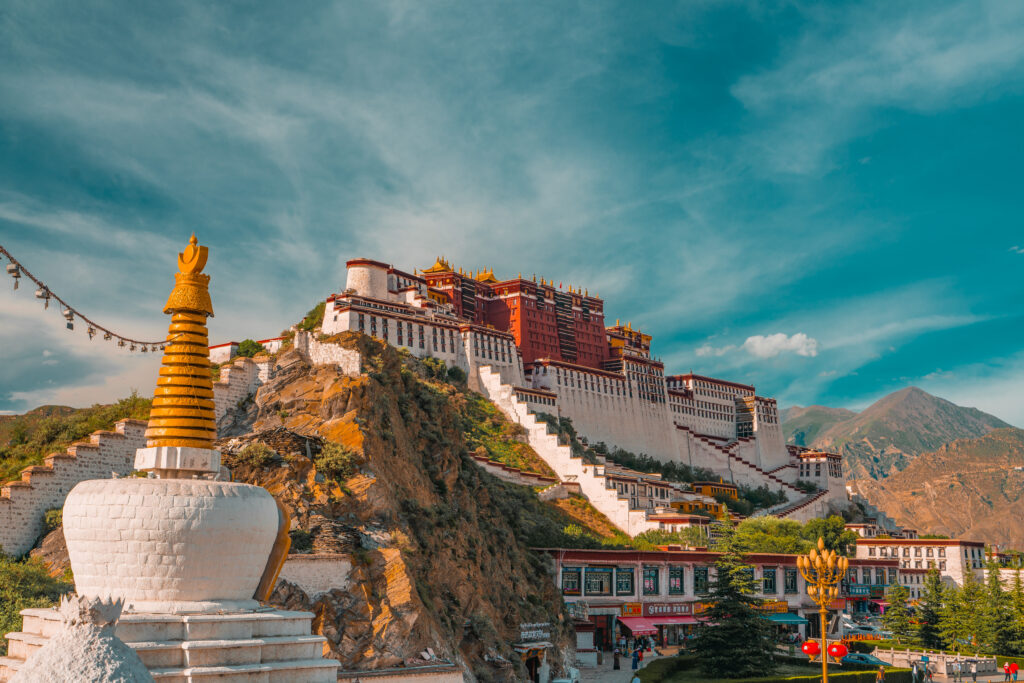
If you've chosen to visit Tibet and Lhasa, the Potala Palace is a must-see. In the 7th century, Songtsen Gampo had his palace built on Red Hill, which he named Koukhar Podrang. Of this first building, only two rooms remain: the grotto where he meditated and, above it, the chapel housing one of the three wooden statues. The other two statues are in Nepal and Dharamsala. Above the door, an inscription in Tibetan, Chinese and Manchu proclaims: "the amazing fruits of the field of merit". Take your time climbing the stairs to get there, as the altitude and sheer number of steps can be tiring, but there are plenty of places to take a break. Soak up the atmosphere and the fervour of the Tibetan people. Don't hesitate to return in the evening to admire the well-lit site.
Please note photos are not permitted in the upper part of the palace
4. What to do in Tibet Visit Drepung monastery
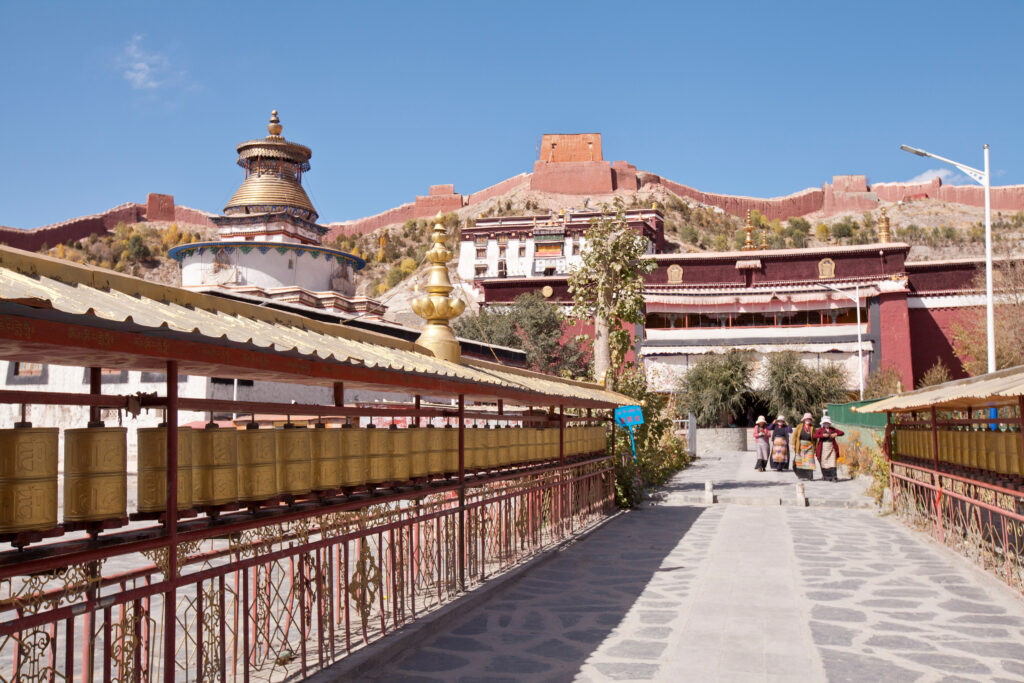
Founded in 1416 by Jamyang Chöjé Tashi Pelden, a close disciple of Tsongkhapa, following a vision in meditation, Drepung monastery once housed 10,000 monks, making it the largest in the world at the time. Monks even came from Mongolia to study here. Today, only 400 monks remain. Although partially destroyed, a complete visit takes over three hours. From the parking lot, climb left to Ganden Palace, residence of the 3rd, 4th and 5th Dalai Lamas and administrative center of the country in the 15th century. A little further up, you'll reach the Tantric College. In the adjacent assembly hall, on the upper floor, you can see the face of Buddha in the form of a child. Behind it, the Manjusri temple houses a statue of the Wisdom Buddha, carved into the rock surrounding the temple.
Worth knowing: On your way down, you'll discover the Loseling College, which houses the reliquaries of the monastery's abbots. Don't miss the kitchen with its gigantic cooking pots. Nearby, you can still see Gomang College and Deyang College below.
Read more: What to do and see in China The 16 most beautiful places
5. Trek to the roof of the world: the mythical Everest!
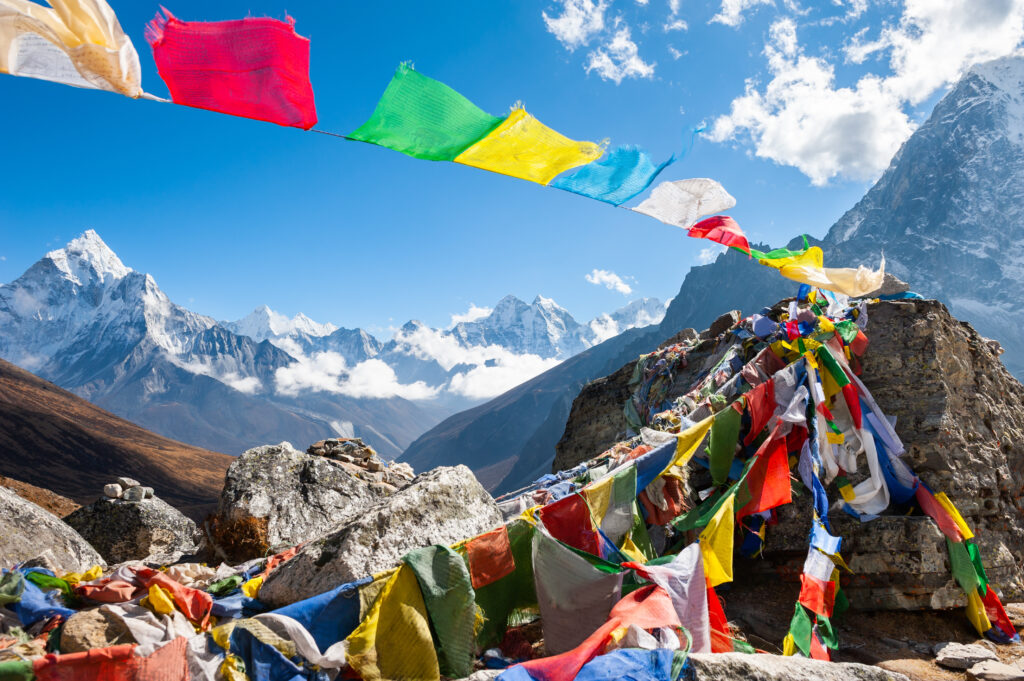
Located in the heart of the Himalayas, Nepal isone of the world's trekking paradises. The country is home to some of the world's most prestigious peaks, including Everest, the roof of the world that can be climbed from the Tibetan side. Today, trekkers from all over the world travel these trails every year to approach this mythical mountain and reach the famous base camps. Agencies also offer a wide range of accessible, magnificent and often less-frequented treks. The adventure of trekking is also a unique opportunity to discover Tibetan flora and fauna. Finally, it's an opportunity for unforgettable encounters with mountain peoples and sherpas.
Read more: What to do in Nepal The 15 most beautiful places to visit
6. What to do in Tibet Visit Gyantse
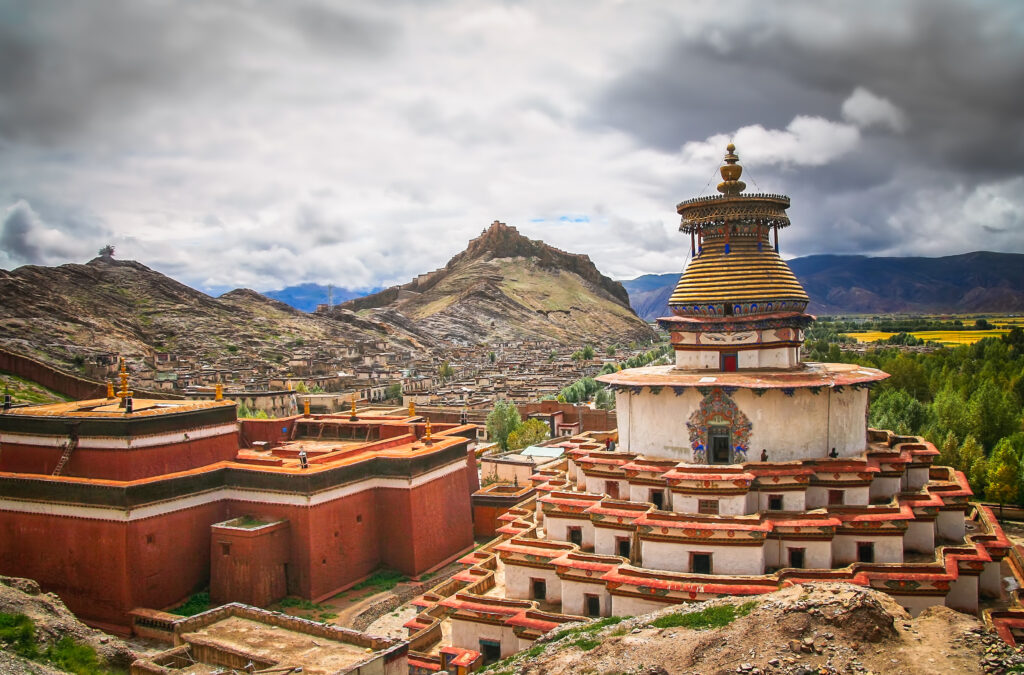
Crossed by the River Nyang, Gyantse is a small Tibetan town stretched along a main street lined with small shops. Located at the foot of the monastery and citadel, this cobbled street is bustling with horsemen, oxcarts and power tillers from another era. Gyantse was once an important trading town, situated at the crossroads of routes from Nepal, China and India via the Choumbi valley. All that remains of its heyday is a large monastery and the largest stupa in Tibet. We also recommend climbing up to the citadel, which in itself is of little interest, but offers a fine view of the city and monastery. The climb takes half an hour.
7. The magnificent waters of Lake Namtso
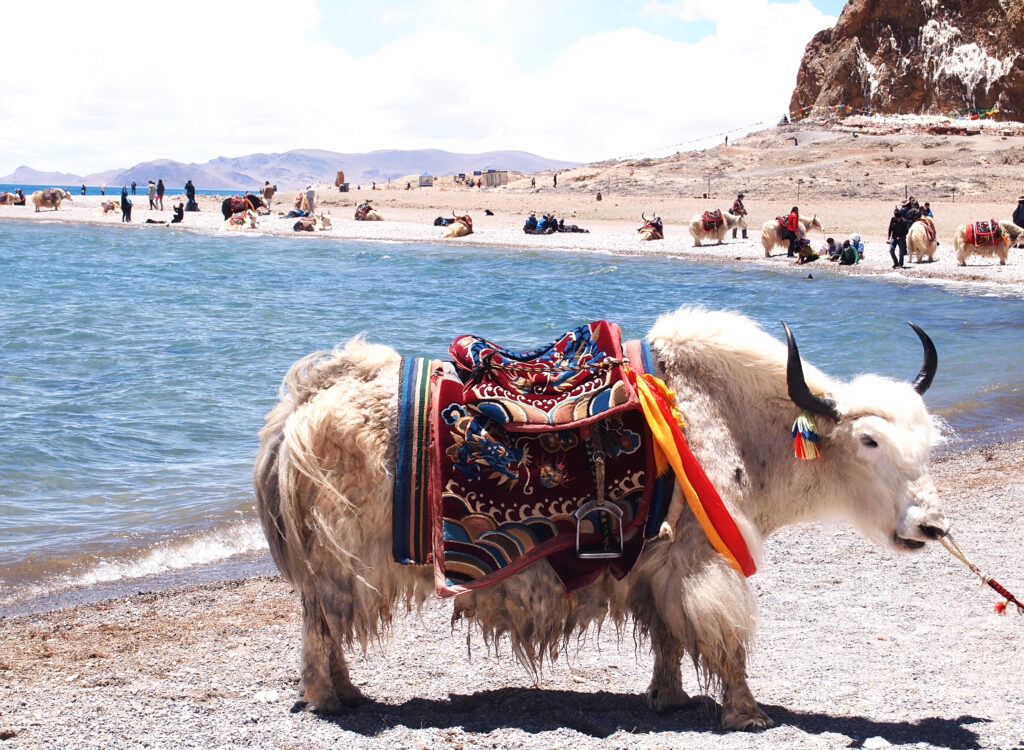
This is China's second-largest salt lake after Qinghai and Tibet's largest, covering 1,920 km². Perched at an altitude of 4,720 metres, Lake Namtso is a must-see on your trip to Tibet. Known as the "celestial lake" in Tibetan, no other name could suit it better, as its crystal-clear waters seem to melt into the blue sky of the Tibetan plateau. In Tibet, three lakes are considered sacred: Lake Yamdrok-Tso, Lake Manasarovar and Lake Namtso. The pilgrimage to Lake Namtso takes place during the Year of the Goat in the Tibetan calendar. Pilgrims walk around the lake, praying and prostrating themselves at every step, a process that takes between 20 and 30 days.
8. Samye monastery in Tsetang
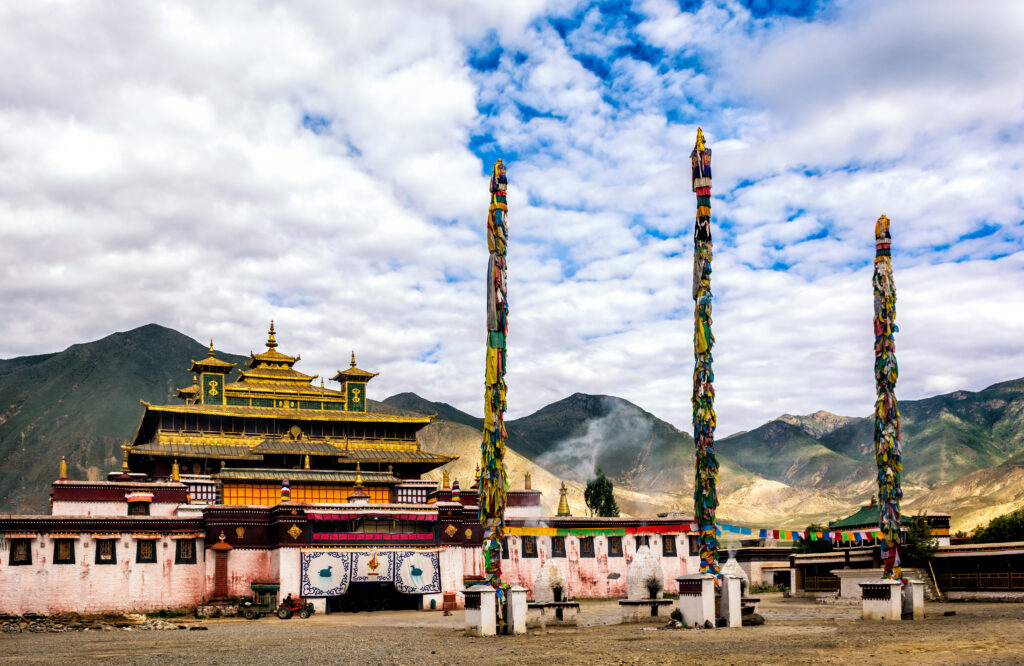
Samye, whose name means "the immeasurable", was the first monastery built in Tibet. The monastery is a three-dimensional mandala, with the main temple representing Mount Meru, the cosmogonic center of the universe. In the four directions, the continents and their sub-continents are represented by small shrines. A circular enclosure and four recently rebuilt stupas in the four colors complete the scheme. The main temple combines Indian, Chinese and Tibetan styles. A wall surmounted by a thousand small chortens marks the boundary. When visiting the main hall, don't miss the opportunity to climb one floor for a view of the entire site. It's then worth taking the kora, which will lead you to four superb green, red, black and white chortens.
Good to know: Depending on the time of day, you may also have the opportunity to attend debates between monks, as at Sera, in a small courtyard to the west of the main temple.
9. Sakya monastery in Shigatse
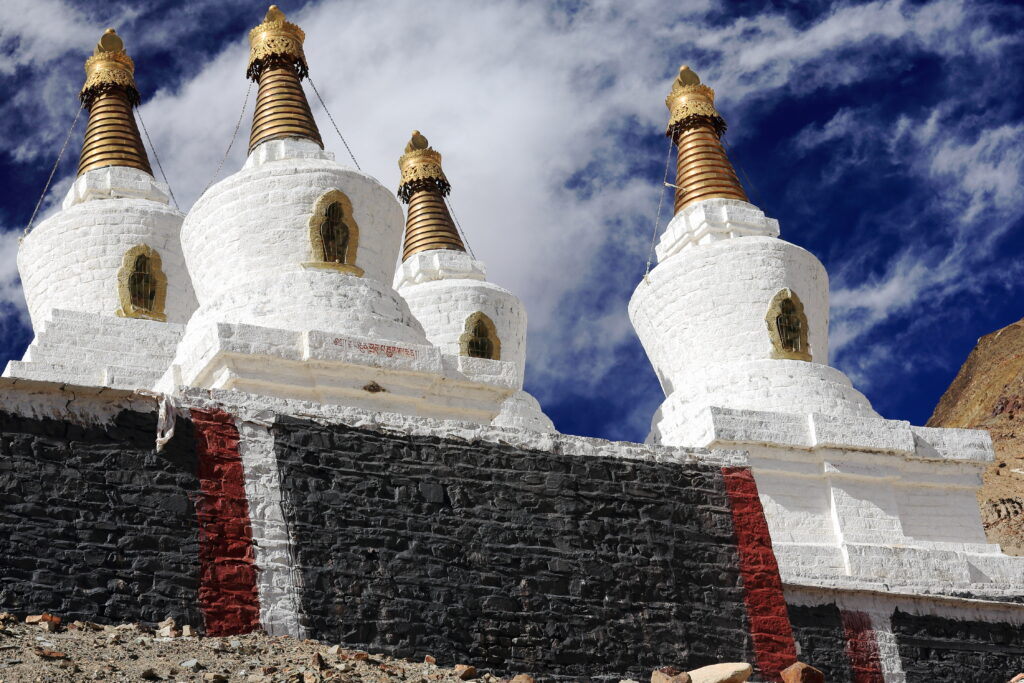
Before the Cultural Revolution, this monastery was one of the most important in Tibet, but like many other religious shrines in China, it was severely damaged. Today, the Chinese call it the "second Dunhuang" for its multitude of statues and cliff-hanging architecture. Built in 1073, the monastery originally comprised more than forty buildings and spread throughout the region. Today, only the southern section remains, dating from 1268. This defensive section, with its watchtowers and heavy walls, protected the monastery from outside intrusion and is still accessible for walks. Several chapels and prayer rooms are still frequented by monks. The northern monastery, on the other hand, has been reduced to ruins.
10. Mount Kailash, Tibet's sacred mountain par excellence
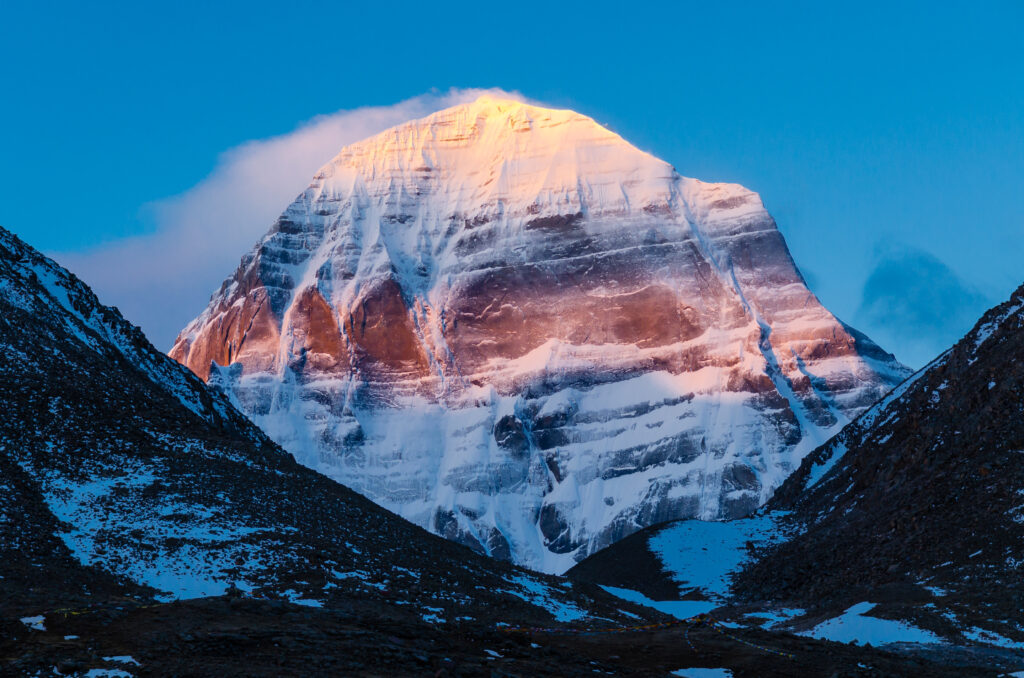
Kailash (6,714 m), also known as Gang Tise or Gang Rimpoche, the jewel of the snows, is the sacred mountain par excellence. Revered by Hindus as the throne of Shiva, it is also revered by Tibetan Buddhists as the palace of Cakrasamvara. Many hermits and sages have meditated in its caves, and Milarepa is said to have defeated the Bönpo Naro Bönchung before meditating for eleven years on the mountain's eastern face, where one of its caves is still venerated. The Year of the Horse is considered particularly auspicious for this pilgrimage, the most important a Tibetan or Hindu can make in a lifetime. Four great rivers and tributaries rise from Kailash, as if from the mouths of animals: the Indus from the lion's mouth, the Tsangpo from the horse, the Karnali from the peacock and the Sutlej from the elephant.
Worth knowing: Climbing to its summit, which remains inviolate, is strictly forbidden. Pilgrims pay homage by walking around the mountain (kora), clockwise for Buddhists and anti-clockwise for Böns. Only organized trips of at least six people are permitted, and for no more than five days.
11. Discover Tibet's typical culinary delights

Tibetan gastronomy reflects the traditions and way of life of the inhabitants of this Himalayan region. The dishes are often simple but tasty, adapted to the rigorous conditions of altitude. Among the must-tries are tsampa, a roasted barley flour mixed with yak butter and butter tea, which provides a nourishing and energizing meal. Momo, ravioli stuffed with meat or vegetables, is another emblematic dish, often accompanied by spicy sauces. Thukpa, a thick noodle soup, is ideal for warming up in cold weather. Sha balep, meat-filled buns, and sha kambam, dried meat, are also popular. As for drinks, yak butter tea, salty and creamy, is a local specialty that may surprise at first, but quickly becomes addictive.
Are there any restrictions on tourism in Tibet?
Yes, there are several prohibitions and restrictions linked to tourism in Tibet.
- Access to the region is strictly controlled by the Chinese government, and foreign tourists must obtain a special permit to enter the Tibet Autonomous Region. This permit is usually organized by a licensed travel agency. Since March 2023, it has been compulsory for foreign tourists to travel with a licensed guide when visiting Tibet, including for treks and sightseeing tours. If you'd like to opt for a personalized travel itinerary in Tibet, we recommend you request your free quote right here.
- Some areas of Tibet are off-limits to foreign tourists for political or military reasons, such as those close to the borders with India and Nepal. Photography and video are prohibited in certain religious and historical sites, as well as in military zones. Any form of political activity, including leafleting, demonstrations or political discussions, is strictly forbidden.
- Tourists must respect local customs and traditions, especially when visiting temples and monasteries. It is often forbidden to wear inappropriate clothing or take unauthorized photographs in these sacred places. Tourists should also follow the safety and security instructions provided by local authorities and travel agencies, including traffic regulations, hotel security measures and emergency recommendations.
It is essential to keep abreast of the latest regulations and restrictions before planning a trip to Tibet, as these can change depending on the political situation.
Is it possible to visit Tibet alone?
No, it is not possible to visit Tibet alone. The Chinese government imposes strict restrictions on travel to the Tibet Autonomous Region (TAR). Foreign tourists must use an approved travel agency to organize their stay. This agency is responsible for obtaining the necessary permits and providing a licensed guide to accompany visitors throughout their trip.
These measures include obtaining a special permit to enter the TAR, as well as additional permits to visit specific areas. Tourists must also be accompanied by a licensed guide for all tourist activities, including treks and visits to historical and religious sites.
It is therefore crucial to plan your trip with a recognized travel agency and to follow all applicable regulations to avoid complications or refusal of entry to the region. If you're interested in a trip to Tibet, we recommend that you request your free quote right here.
Are you tempted? Take a look at our airfares now and book without delay !


